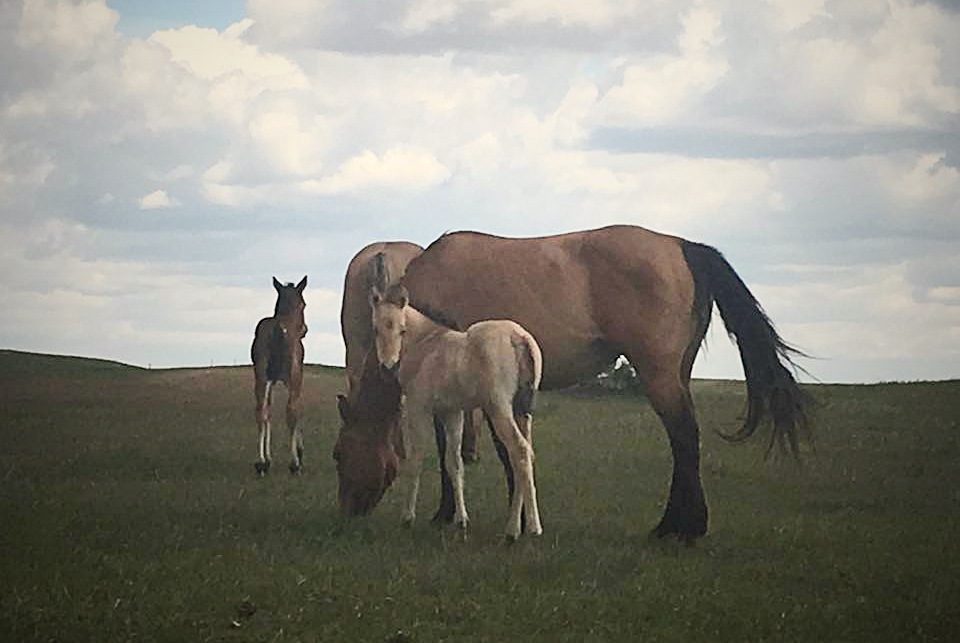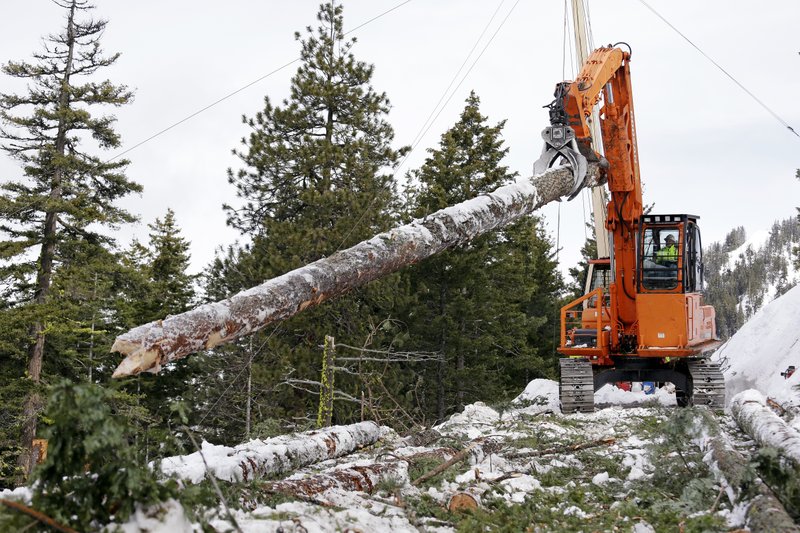An article by Sydney Mook of WDAY, which we reposted earlier this week, contained inaccuracies, most significant of which was the assertion that Gary Dassinger was ‘also facing charges of animal abuse and neglect.’ The article below , written by the daughter of Gary Dassinger, Missy Dassinger, is a correction of the previous article (which has been taken down from our website), and she cites the actual court document containing the finding that there was insufficient evidence of animal neglect and/or abuse, as well as the court’s conclusion that no seizure of his animals would occur. The following article also makes it clear that despite these initial positive findings, North Dakota’s new “Humane Treatment of Animals Law” looms as a potential threat over the heads of all livestock operators in the state.
Missy Dassinger
DICKINSON, N.D. — Judge Rhonda Ehlis, of the Southwest District Court, ruled that there was not clear or “convincing evidence” that on May 18, 2017, the animals of Gary Dassinger met the definition of “neglect.” She further noted that, “Therefore, the Petition to Seize Neglected Animals and the Petition for Disposition of Seized Animals are DENIED. The animals are to be returned to the care of Gary Dassinger…”
In a 23-page summary, her ruling of the civil case involving Gary Dassinger regarding the petition to seize neglected animals was filed on May 18. The document was filed with the court on Monday, July 10 and explains that “the Petition to Seize Neglected Animal,” dated May 18, 2017, and filed on May 22, 2017, and the subsequent “Petition for Disposition of Seized Animals,” dated May 18, and filed on May 23, 2017, were filed at a time when the situation had been corrected to the point that the seizure and disposition were no longer appropriate.
The ruling also states that, “All three veterinarians agreed that the situation had improved by May 18, 2017, thus negating the need to bring the Petition to Seize the Animals.” Although this is good news for Gary, this is BAD news for North Dakota animal owners. Under the law, officials can still petition to seize your animals before you are charged, as well as before you have an opportunity to defend yourself in a court of law.
[wp_ad_camp_1]
The order further explains that, “Dassinger is now financially responsible for his animals again,” which is very concerning. North Dakota Century Code § 36-21.2-06., Law enforcement–Duty upon seizure—Notification states that “upon seizing an animal as provided for in section 36-21.2-05, the law enforcement officer shall provide care for the animal, either directly or through a contractual arrangement with another person. For purposes of this subsection, “care” means food, water, and shelter from the elements, as appropriate for the species, the breed, and the animal’s age and physical condition, and necessary medical attention.”
However, since the animals were seized on May 22, Gary, and his hired man and family have been providing the care, feed, water, and necessary medical attention. Since May 22, Gary has been the one who has ensured that the animals were provided sufficient hay, or rotated within his pastures as well as provided supplemental feed as appropriate. During this time, two different water pumps on the property stopped working, and it was Gary who ensured they were repaired and replaced so that the animals continued to have water. It was Gary who ensured that animals needing medical treatment were assessed by veterinarians, and provided continued treatment for any injuries. Of note, not only did the Sheriff’s Department not provide this care, rather than secure a veterinarian, they contacted Gary’s attorney to “notify” him of injured animals, despite the fact that these animals had already been receiving treatment.
Ehlis also noted that “The Court reminds Dassinger that it is his duty now to provide this basic care for his horses and cattle, despite the drought conditions that currently prevail in southwest North Dakota,” despite the fact that this is something that Gary has already been working on. The drought conditions of North Dakota are a real concern for many area farmers and ranchers, and Gary is no exception.
In the ruling, Judge Ehlis cited claims by Sheriff Oestreich and Dr. Brummond that there was “no feed” and “dangerous conditions,” which are highly problematic. Assertions of “no feed” have been disproved by Stark County’s own evidence photos which show hay in feeders and old growth and new growth grass in pastures and paddocks. The claim of “dangerous conditions” is also problematic for ranchers. Since most livestock are secured at minimum by barbed wire, the act of providing basic fencing may very well be considered “dangerous” to those outside the industry.
Not to mention that § 36-21.2-03. Animal cruelty–Definition–Exemptions–Penalty itself states that regarding animal cruelty, “The following do not constitute violations of this section:
- Any usual and customary practice in:
(1) The production of food, feed, fiber, or ornament, including all aspects of the livestock industry;
(2) The boarding, breeding, competition, exhibition, feeding, raising, showing, and training of animals; d. Services provided by or under the direction of a licensed veterinarian.”
Regarding animal neglect, 36-21.2-01. Neglect–Definition–Exemptions—Penalty states “4. The following do not constitute violations of this section:
- Any usual and customary practice in:
(1) The production of food, feed, fiber, or ornament, including all aspects of the livestock industry;
(2) The boarding, breeding, competition, exhibition, feeding, raising, showing, and training of animals; …c. Services provided by or under the direction of a licensed veterinarian.”
As Gary is producing livestock, as well as boarding, breeding, feeding, and training animals, and in addition has been paying for the services of a veterinarian, which includes multiple visits by his veterinarian from February 16, 2016 through April 8, 2017, based on the wording within the century code, Gary should have never been charged with animal cruelty or neglect. Additionally, under the North Dakota Constitution, Article XI 29, North Dakota is a right to farm state and “the right of farmers and ranchers to engage in modern farming and ranching practices shall be forever guaranteed in this state. No law shall be enacted which abridges the right of farmers and ranchers to employ agricultural technology, modern livestock production, and ranching practices.” Gary argues that the law he is currently being charged under is, by definition of the North Dakota Constitution, unconstitutional.
For now, Gary can go back to managing his ranch like he has for over 40 years. He does have a new ranch hand who Gary says has “done more in two months than John Connor did in more than four.” With the drought as well as the financial burden of his attorneys costs, Gary and his daughter are coordinating sales options.
If you would like to contribute to Gary’s legal defense fund, please click HERE
If you want to continue to follow this story, please check out the Support Dassinger Ranch Facebook page
Related Posts:
Part I: Personal vendettas & animal rights extremists align in persecution of ND rancher
Part II: Despite compliance with demands, harassment and threats continued against ND Rancher
Part III: Dassinger Ranch prosecution a test case for animal rights extremists
Free Range Report
[wp_ad_camp_3]



